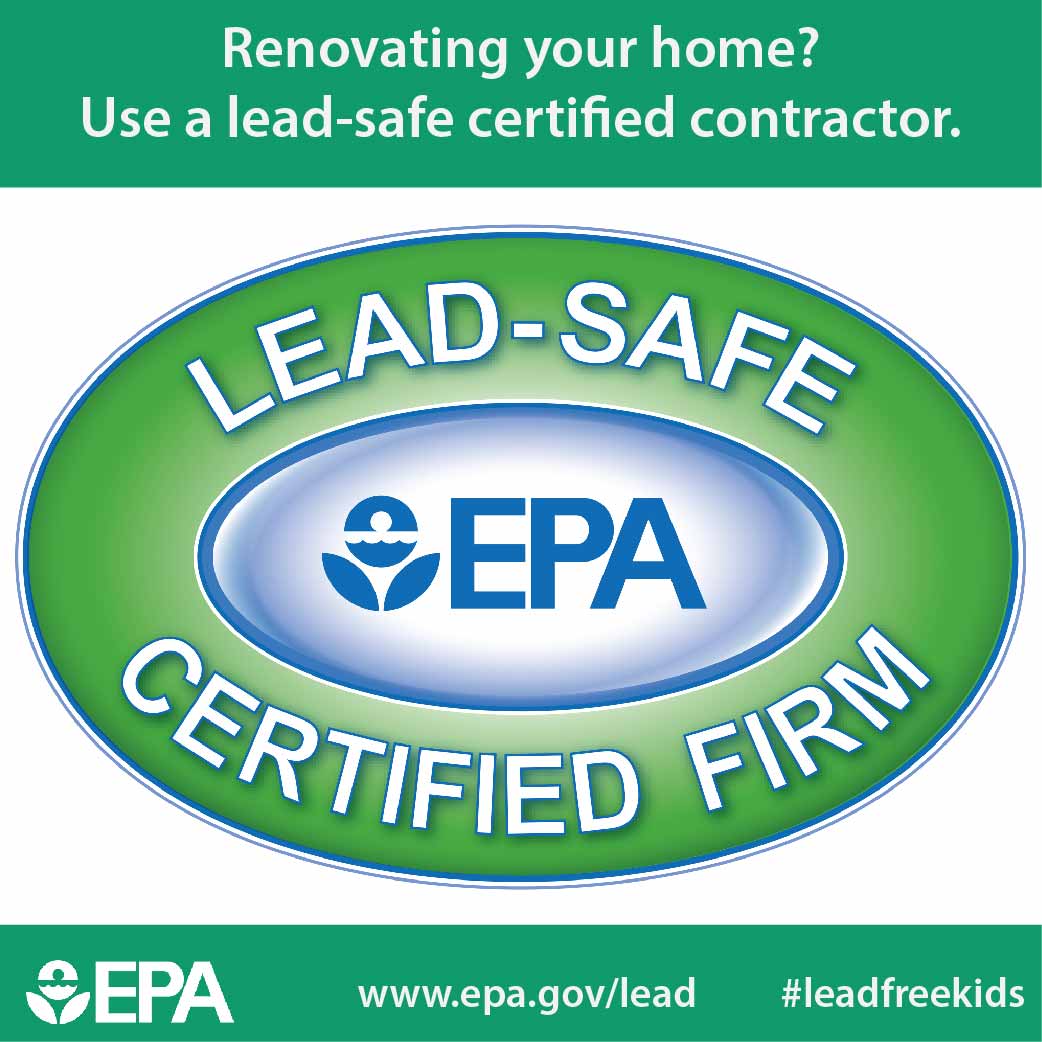Discover How Seasonal Influences Can Influence The Effectiveness Of Commercial Outside Paint And Figure Out The Most Desirable Times To Make Certain Sturdy Outcomes For Your Job
Discover How Seasonal Influences Can Influence The Effectiveness Of Commercial Outside Paint And Figure Out The Most Desirable Times To Make Certain Sturdy Outcomes For Your Job
Blog Article
Content Writer-Carlson Skafte
When you're preparing a commercial exterior painting project, seasonal factors can make or break your outcomes. You'll want to consider exactly how temperature and humidity impact paint application and drying out times. Picking the ideal period can ensure your paint sticks effectively and lasts much longer. However which periods are really the very best for this sort of work? Let's explore the key elements that can affect your task's success.
The Influence of Temperature on Paint Application
When you're planning a commercial outside paint project, the temperature can significantly impact just how well the paint adheres and dries out.
Preferably, you wish to paint when temperatures range in between 50 ° F and 85 ° F. If it's as well cool, the paint might not cure appropriately, causing problems like peeling off or breaking.
On the other side, if it's also warm, the paint can dry also promptly, protecting against proper bond and causing an uneven coating.
You ought to additionally take into consideration the time of day; early morning or late afternoon offers cooler temperature levels, which can be much more beneficial.
Constantly check the producer's suggestions for the particular paint you're making use of, as they often supply guidance on the perfect temperature level range for optimal results.
Humidity and Its Effect on Drying Times
Temperature isn't the only environmental variable that influences your industrial outside paint job; moisture plays a substantial function too. High humidity levels can decrease drying times considerably, affecting the overall top quality of your paint task.
When the air is saturated with moisture, the paint takes longer to cure, which can result in issues like poor attachment and a greater threat of mildew growth. If you're painting on a particularly damp day, be gotten ready for extensive delay times in between layers.
https://www.bobvila.com/articles/exterior-house-painting/ to keep track of neighborhood weather and plan appropriately. Preferably, aim for moisture degrees in between 40% and 70% for optimal drying out.
Maintaining these factors in mind guarantees your project remains on track and delivers a lasting coating.
Best Seasons for Commercial Outside Painting Projects
What's the very best time of year for your business outside paint projects?
Spring and very early fall are commonly your best bets. Throughout these periods, temperatures are mild, and humidity degrees are frequently lower, producing perfect conditions for paint application and drying.
Prevent summer's intense heat, which can cause paint to dry too quickly, leading to inadequate adhesion and finish. Similarly, winter months's cold temperature levels can prevent appropriate drying and curing, running the risk of the longevity of your paint job.
Go for days with temperature levels between 50 ° F and 85 ° F for optimal results. Keep in mind to examine the regional weather prediction for rainfall, as damp problems can spoil your task.
Planning around these variables guarantees your paint job runs smoothly and lasts much longer.
Verdict
To conclude, intending your industrial exterior paint projects around seasonal factors to consider can make a substantial distinction in the result. By scheduling job during the perfect temperature levels and humidity levels, you'll make sure much better adhesion and drying out times. Keep in mind to keep an eye on local weather prediction and pick the correct time of year-- springtime and early fall are your best bets. Taking these actions will aid you accomplish a sturdy and expert coating that lasts.
